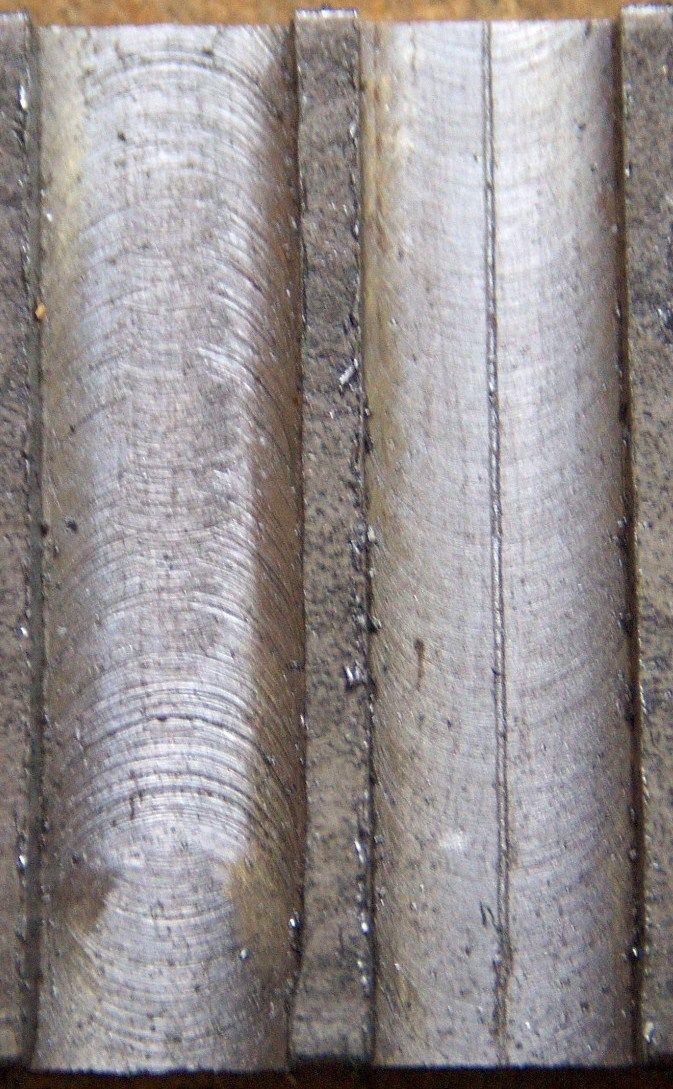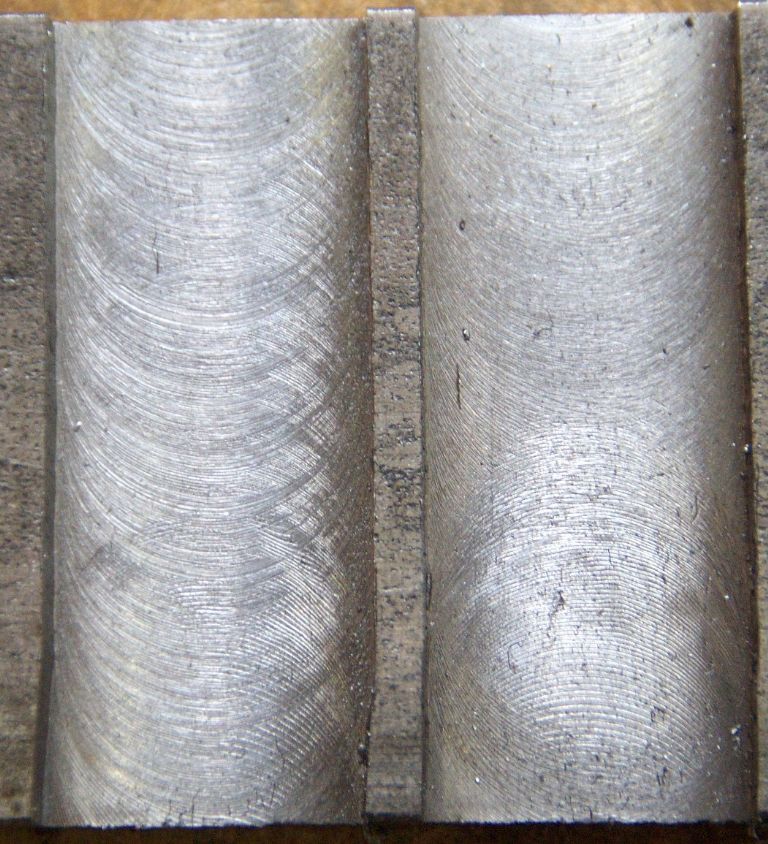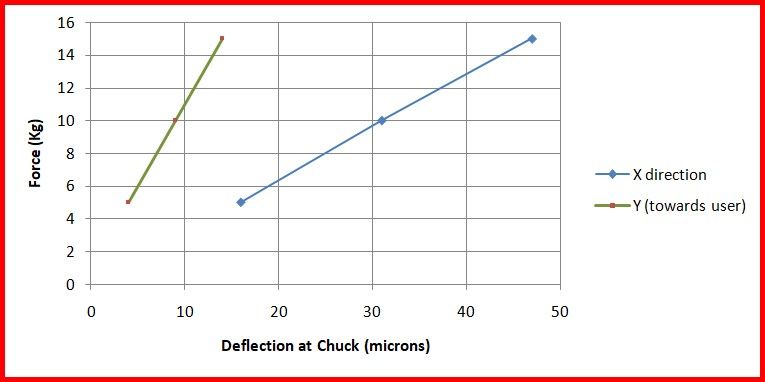Rigid is not an attribute that comes to the top of my mind when describing the SX3.5. I don't have any experience of anything similar to compare though. I have had a few mistakes and damaged the job… including a simple 'cut a 1.8 mm deep 10mm wide slot in a myford cross slide… Milling cutters can get pulled down in the collet if you don't tighten them enough. Maybe the noises and vibration are a good thing though… like an alarm bell.. but that would still mean you have to pay some attention and remove headphones and not turn your back while the power feed engaged.
It is powerful – plenty enough to get you in trouble. I appreciate the emergency stop button. The powefeed has an over current protection but is powerful enough before it gets there. It isn't operated by the emergency stop (I guess lots of 'add on' power feeds are similar) … it really should be for me and a is mod I am considering over Christmas!
I can imagine some people are reading the above paragraphs in combination and cringing.
Climb milling is particularly challenging in Y (across the bed).
I am not convinced about the long bed – the SX3 'safe' operating volume would be much smaller in practice. I'm sure I will be convinced once I start milling crossbow prods. At the moment the large table is just a place to store a dividing head… which I have also discovered is a bad practice when you got a power feed… as is leaving the vice spanner on while machining.
Power up and down is great.. but coarse.
DRO a MUST for me. Allows a bodger to do rmore accurate work within the attention span.
The crate is large and awkward to move. Too big for one man to install unless you got clever leavers – like an engine hoist – in which case it easy. But once in place, the mill is quite small. I have it on wheels and have moved it a lot. This is the main reason I didn't go for a knee mill or old iron. Wish I had rigidity, but I very much appreciate the mobility.
Edited By jaCK Hobson on 10/12/2022 11:49:25
ChrisLH.








